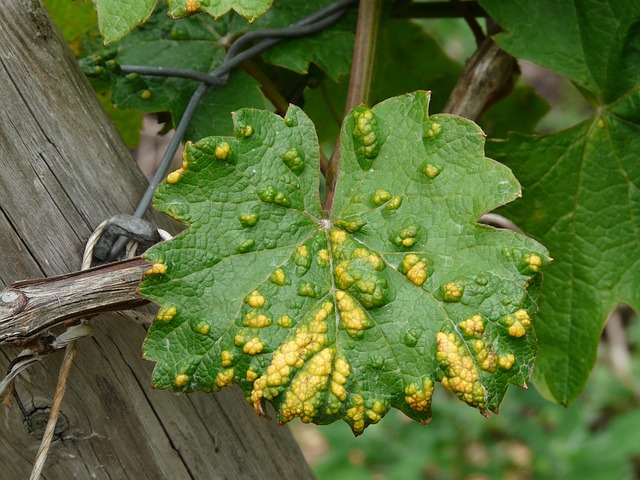Plants get diseases just like humans and animals. Before deciding to add a plant to the landscape, it’s a good idea to consider the potential for disease. Some plant diseases are easily transmissible among different species and can spread throughout an entire neighborhood.
Plants that are placed in locations contrary to their natural preferences will become stressed, fail to flourish, and are more vulnerable to attack from diseases, along with a variety of insect pests. When individuals see a plant they want to add to the landscape, do some research to ascertain if it’s prone to diseases ranging from mildew and root rot to blight and canker.
Soil, Sun and Water
The soil composition in the landscape is important. Some plants require alkaline soil while others prefer soil that’s acidic. Plants that need soil with excellent drainage will develop root rot in wet and soggy conditions. The spores of fungal infection can spread among different plants and be transmitted by insects. Heat and humidity provide a breeding ground for mold, bacterial, and fungal infection. Light requirements can vary widely and shade plants will quickly wither in full sun.
Proximity
Some very disparate plants can spread disease simply by being in close proximity to each other. There are plant diseases that require two hosts to complete its life cycle. An example is cedar-apple rust. The fungal spores infect eastern red cedars and are released in the spring where they infect the leaves of apple and crabapple trees. The disease matures over the summer and mature spores are released in the autumn to infect the cedars. The same type of co-infection affects junipers and quince.
Choosing Plants
It’s critical to purchase plants that are healthy and show no signs of disease. There are dozens of plants native to the South Florida environment, while others have been introduced to the area from locations with similar growing conditions and can thrive.
White pine is a species that’s not a native, but grows well in the state. However, it doesn’t tolerate salt and shouldn’t be planted where they’re exposed to saltwater. Some plants within the same family that are introduced from abroad have increased hardiness and resistance to disease in the Florida environment.
RCH Landscaping is a full-service landscape company based in Boca Raton, Florida. We design, install and maintain Commercial and Residential landscapes all around Boca Raton, Delray Beach, and The Palm Beach areas. Our team of highly skilled landscape technicians has an undisputed track record of creating and maintaining beautiful commercial and residential landscapes all over South Florida.
Contact RCH Landscaping Today for a Free Estimate


